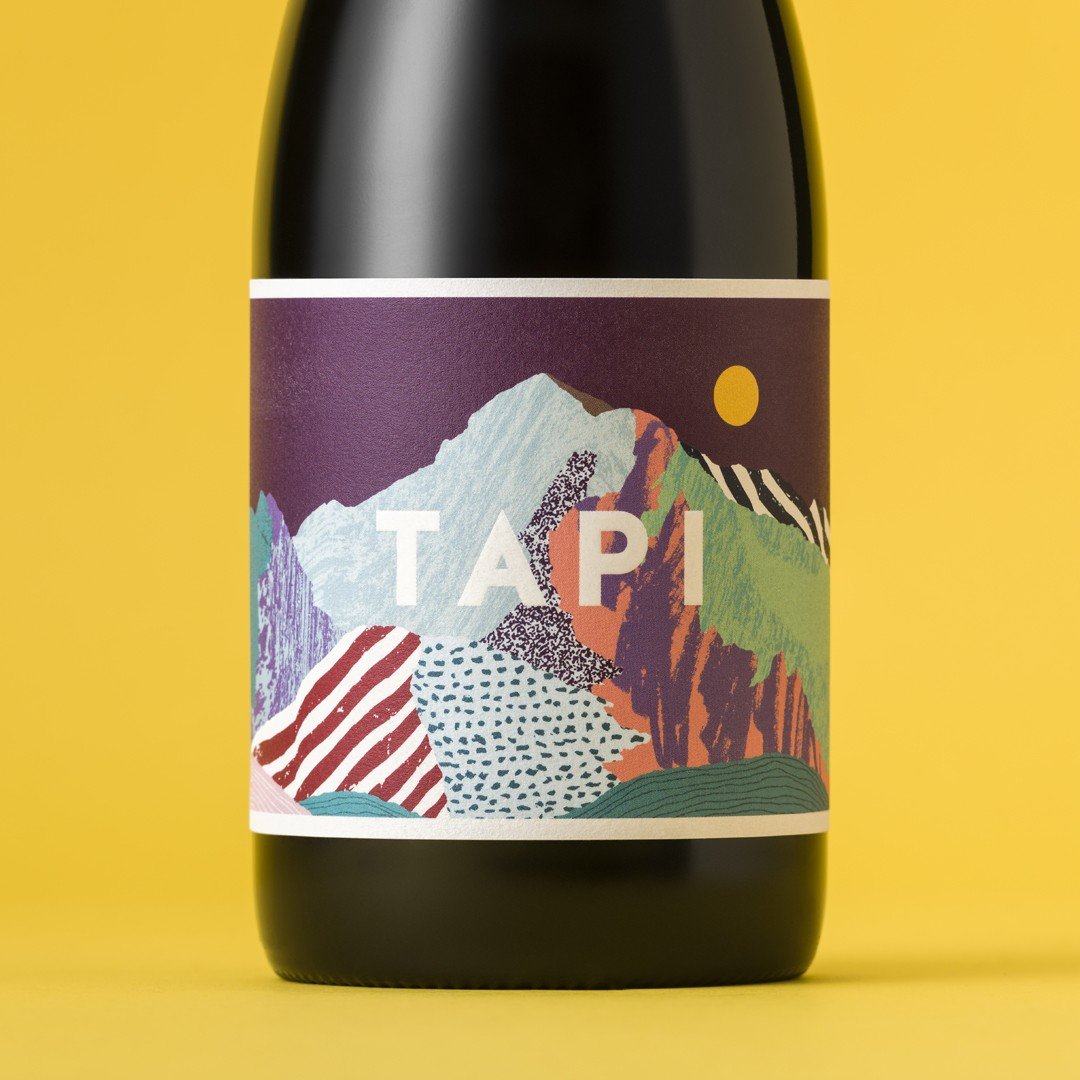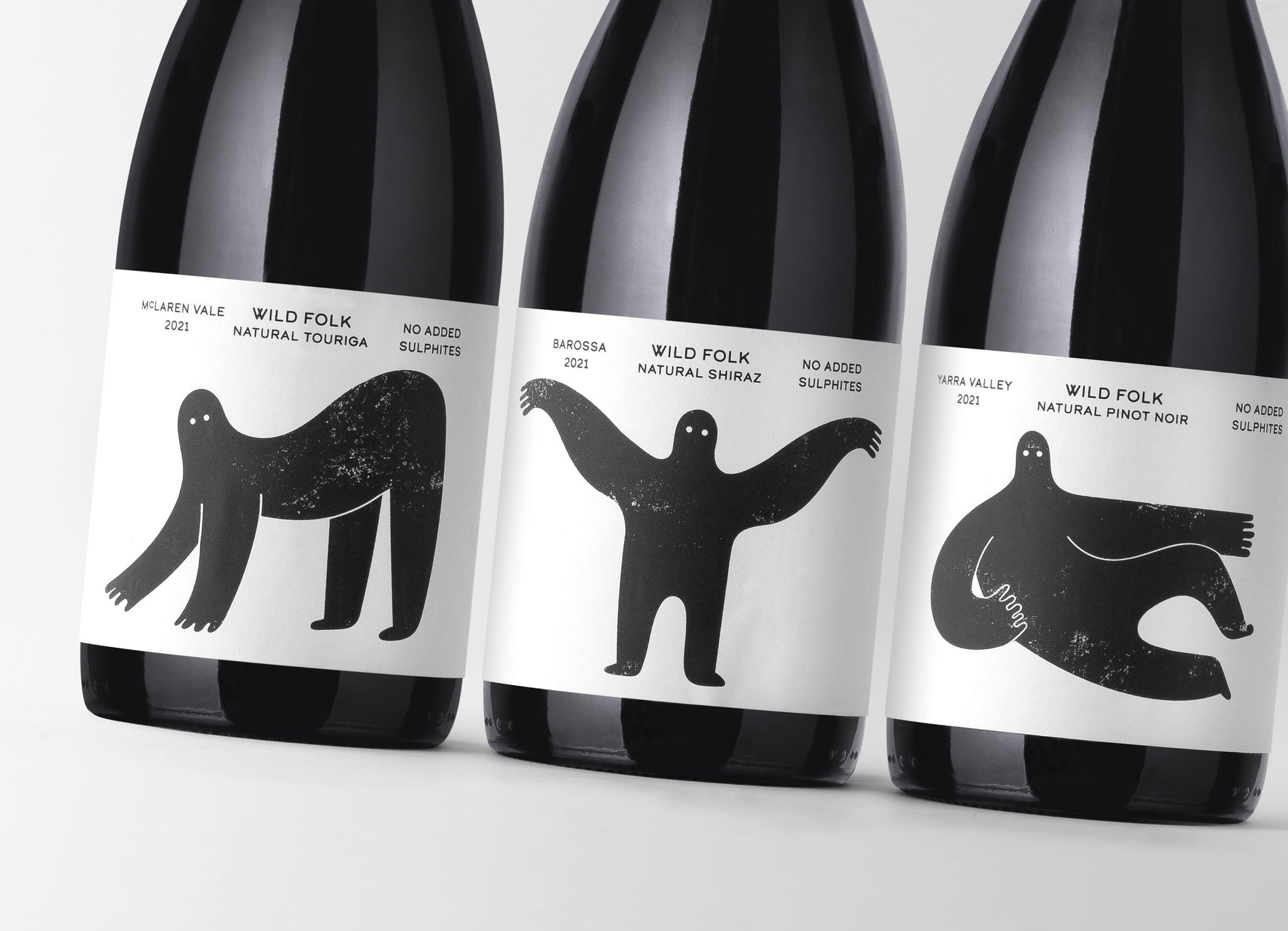Sip in Style: The Evolution of Modern Wine Branding and Label Design
Over the past few decades, wine branding and label design have undergone significant changes, shifting towards modern and innovative designs that seek to capture the attention of today's consumers. While traditional wine labels often featured ornate calligraphy and images of chateaus or vineyards, modern wine branding embraces minimalism, bold typography, and creative illustrations. In this article, we will explore some of the trends and techniques that are shaping the modern wine branding and label design landscape.
Simplicity and Minimalism
One of the most significant trends in modern wine branding is the move towards simplicity and minimalism. In a crowded market, winemakers are looking to stand out with designs that are clean, uncluttered, and easy to read. This trend is reflected in the typography used on labels, with sans-serif fonts that are bold and easy to read becoming increasingly popular. The use of negative space is also common, with many labels featuring large areas of white or other neutral colours.
Bold and Creative Typography
While simplicity is essential, modern wine branding also embraces bold and creative typography that adds personality and character to the label. Typography can be used to convey a wine's origin, style, or even the mood of the brand. This trend is reflected in labels that feature hand-drawn lettering, playful fonts, or unique typographical layouts. Bold typography can be used to make a statement, while creative layouts can add a sense of whimsy and playfulness to the design.
Illustrations and Graphics
Another trend in modern wine branding is using illustrations and graphics to convey a brand's personality and style. These can range from abstract designs that capture the essence of the wine to whimsical drawings that add a touch of playfulness to the label. Illustrations can also be used to showcase the vineyards, landscapes, or animals that are associated with the wine's origin.
Colour
Modern wine branding also embraces various colour schemes that go beyond the traditional red, white, and green. Bold and vibrant colours are used to convey a wine's personality, while softer hues can evoke a sense of elegance and refinement. Colour schemes can also be used to create a sense of nostalgia or to evoke a particular mood or emotion. For example, warm, earthy colours can evoke a sense of tradition and heritage, while cooler blues and greens can create a sense of calm and serenity.
Sustainability and Eco-Friendliness
As consumers become more environmentally conscious, many winemakers embrace sustainability and eco-friendliness as part of their branding strategy. Labels may feature recycled or sustainable materials, or they may highlight the winemaker's commitment to environmentally friendly practices. Eco-friendly packaging, such as lightweight bottles and packaging made from recycled materials, is also becoming more common in modern wine branding.
Interactive and Digital Elements
With the rise of social media and digital marketing, modern wine branding increasingly incorporates interactive and digital elements into the label design. QR codes can be used to provide consumers with more information about the wine or the winemaker, while augmented reality can be used to create immersive experiences that showcase the wine's origin or production process. Social media integration is also becoming more common, with winemakers using hashtags and other digital tools to engage with their customers and build brand awareness.
In conclusion, modern wine branding and label design is a constantly evolving landscape that embraces simplicity, creativity, and innovation. From bold typography and playful illustrations to eco-friendly packaging and interactive elements, winemakers use a wide range of techniques and trends to capture the attention of today's consumers. Whether you prefer traditional or modern wine branding, there is no denying that the wine industry is undergoing a transformation that is reshaping the way we think about wine, branding, and design.






